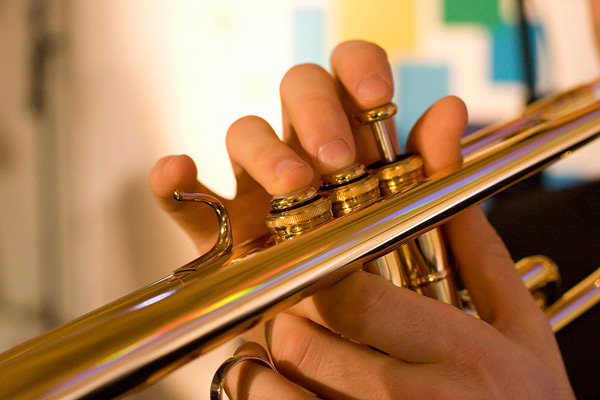
A musician takes up his/her violin and starts to play, but rather than gripping the strings, the fingers seize up — and this happens every time he/she takes up the instrument. Such a movement disorder — the so-called focal dystonia — is a dramatic disease for those affected, which has thus far barely been studied. In total, one in 6,600 persons will develop the disorder, whereas an estimated one in 100 musicians will succumb. This is the finding of an original article by Verena Eveline Rozanski and coauthors in the current issue of Deutsches Ärzteblatt International (Dtsch Arztebl Int 2015; 112: 871-7). The researchers investigated the possible causes that may trigger such movement disorders.
The systematic review includes clinical data from 16 studies of almost 1,150 professional musicians with dystonia. On the basis of their results, the scientists hypothesize that the causes of focal dystonia are a certain genetic predisposition as well as trigger factors. One trigger of the disorder is intensive instrument playing: many of those affected spent vast amounts of time practicing their instruments before they developed dystonia. The movement disorder affected primarily the limbs that were used most: for example, the left hand in violinists or the lips in brass/woodwind instrumentalists. The disorder means the end of their musical career for one in four of those affected. In the authors’ opinion, focal dystonia meets the criteria of an occupational disorder because it specifically affects members of certain professions. The medical expert advisory panel for occupational diseases in the German Federal Ministry of Labour and Social Affairs agrees: on 1 December 2015 it submitted the relevant recommendations to the regulator.